West Hartford Town Council Unanimously Adopts ‘Vision Zero’ Initiative

Audio By Carbonatix
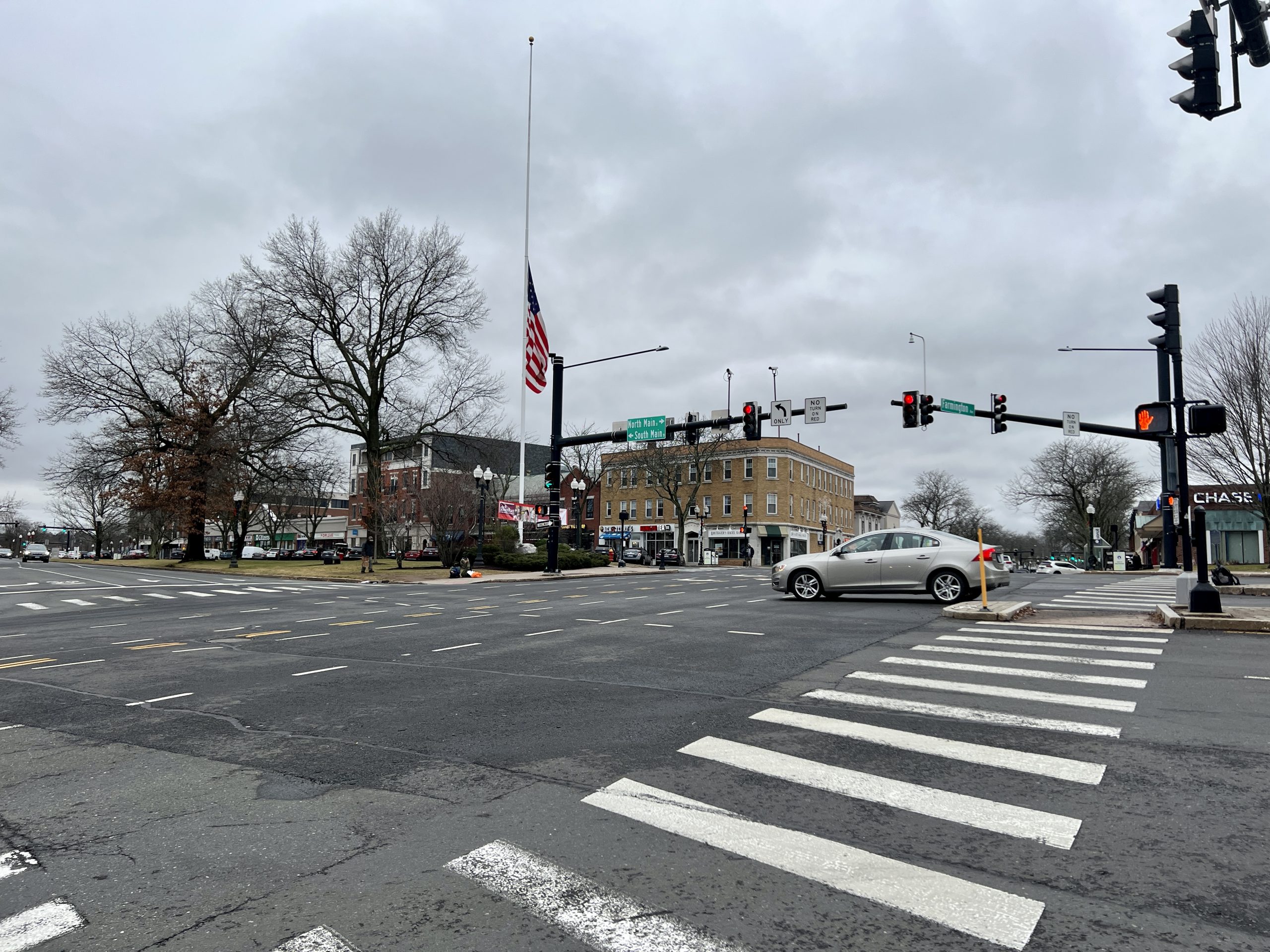
The intersection of Farmington Avenue and North/South Main Streets in West Hartford Center on Jan. 5, 2023. Just out of the shot in the crosswalk at the left, a man was crossing against the light and stopped in the middle of the road while traffic passed. Photo credit: Ronni Newton (we-ha.com file photo)
The West Hartford Town Council voted unanimously Tuesday night to adopt the ‘Vision Zero Initiative in Support of Safe, Healthy and Equitable Mobility’ to address traffic and pedestrian safety in town.
By Ronni Newton
In a period of eight days, five people died in West Hartford as a result of motor vehicle-related incidents, and in voting unanimously Tuesday night to adopt the “Vision Zero” initiative, town leaders are committing to a proactive plan to make roadways safer for all users.
Mayor Shari Cantor said one death, one injury, is one too many as she introduced the resolution to adopt Vision Zero. The community is reeling, and has been shaken by a serious of tragic incidents during a short period of time, she said, and people are fearful. She began the meeting with a moment of silence, also noting the tragic death of state Rep. “Q” Williams of Middletown who was struck and killed by a wrong-way driver on Jan. 5.
“Our community has seen far too many accidents and near accidents. We all are broken-hearted for the loss of life and injuries,” Cantor said. The town has adopted “complete streets” and taken other steps to improve roadway safety, she said, “but it’s not working.”
There are measures that can be taken to prevent loss of life and serious injury, and Cantor and other town leaders pledged to take immediate as well as long-term steps, and added that it is up to everyone to make the roads safe for all users.
There is no one causative factor, Cantor said, but some factors include increased drug and alcohol use, speeding, and distracted driving.
Vision Zero, which was started in Sweden during the 1990s, sets “0” as the only justifiable fatality target for road traffic. It’s not a slogan or tagline, but rather a fundamentally different approach. “Business as usual is not enough. Systemic change is needed to make meaningful progress.”
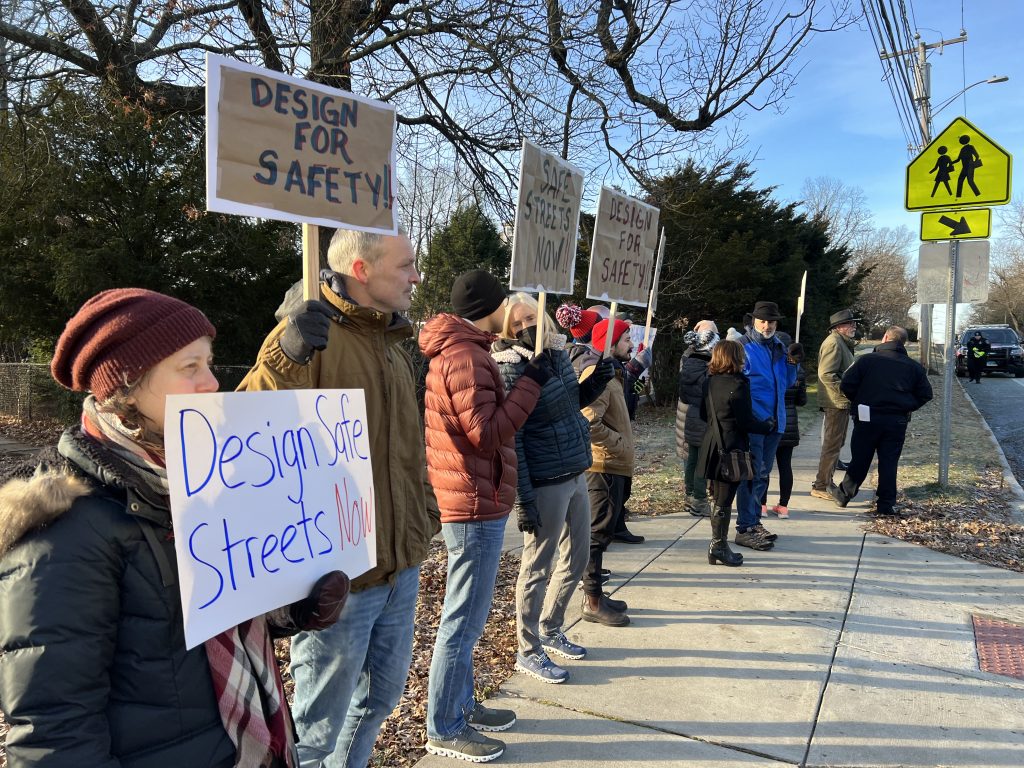
Residents rally for Safe Streets in West Hartford on Wednesday morning at Boulevard and Whiting Lane. Photo courtesy of Bike West Hartford (we-ha.com file photo)
What is Vision Zero
A traditional approach to traffic safety assumes that traffic deaths are inevitable, and looks for “perfect human behavior” and individual responsibility in order to prevent collisions. It also assumes that saving lives are expensive.
“Vision Zero says traffic deaths are preventable,” Cantor said. The approach also takes into account the fact that humans make mistakes, but saving lives is not expensive and it’s important to design a road system to ensure those mistakes don’t lead to severe injury or death, and to improve the roadway environment with policies that include speed management and enforcement. Vision Zero utilizes a multidisciplinary approach, Cantor said, which brings together traffic planners, engineers, policymakers, and public health officials for the “shared goal of zero fatalities and zero serious injuries.”
Vision Zero is a holistic approach, Cantor said, that relies heavily on data and is data driven – collecting data on where crashes happen and examining related demographics and enforcement, and also emphasizes sharing of that data “in order to facilitate transparency and accountability, and assist the public in monitoring progress toward zero.”
Road safety is an equity issue, with the most vulnerable users at risk. “We need to include all of our community members to be involved in this effort.”
The core elements of Vision Zero, Cantor said, are leadership and commitment, equity and engagement, safe roadways and safe speeds, and a data-driven approach that focuses on transparency and accountability.
Vision Zero has been adopted in 46 U.S. towns and cities. New York was the first, and has reduced traffic fatalities by 28%, prioritizing “safe travel over speedy travel.” All residents must make a commitment, Cantor said, sharing some best practices implemented by Hoboken, NJ.
“We will use tactical urbanism to experiment with road design changes to slow drivers, protect pedestrians and bicyclists, and improve traffic flow.”
Tactical urbanism projects, according to Town Manager Rick Ledwith, are small-scale, low-cost and temporary measures to pilot street design changes to see how they work. They are implemented by traffic engineers through signage, cones, barrels, paint, tape, and planters to slow down cars and make streets safer. The designs can become permanent if they work.
The following are the specifics of the five fundamental principles that are spelled out in the resolution the Council adopted Tuesday night:
- “Deaths and serious injuries caused by traffic crashes are preventable;
- “Human life and health should be prioritized in all transportation systems and in all aspects of transportation planning and design;
- “Human error is inevitable and transportation systems should be forgiving;
- “Transportation planning should focus on system-level changes to influence all individual’s behavior; and
- “Speed is a highly important factor in crash severity.”
Specifically, the Vision Zero Initiative adopted by the Town of West Hartford has the goal of eliminating fatalities and severe injuries on West Hartford streets by 2033, but with near-term solutions that can be implemented immediately, engagement of stakeholders, and measurable goals.
The resolution also specifies establishment of a Vision Zero Task Force that includes a Technical Advisory Committee and a Community Advisory Committee, with committee members to include “a variety of town officials, experts and community members to ensure a wide range of viewpoints and expertise.”
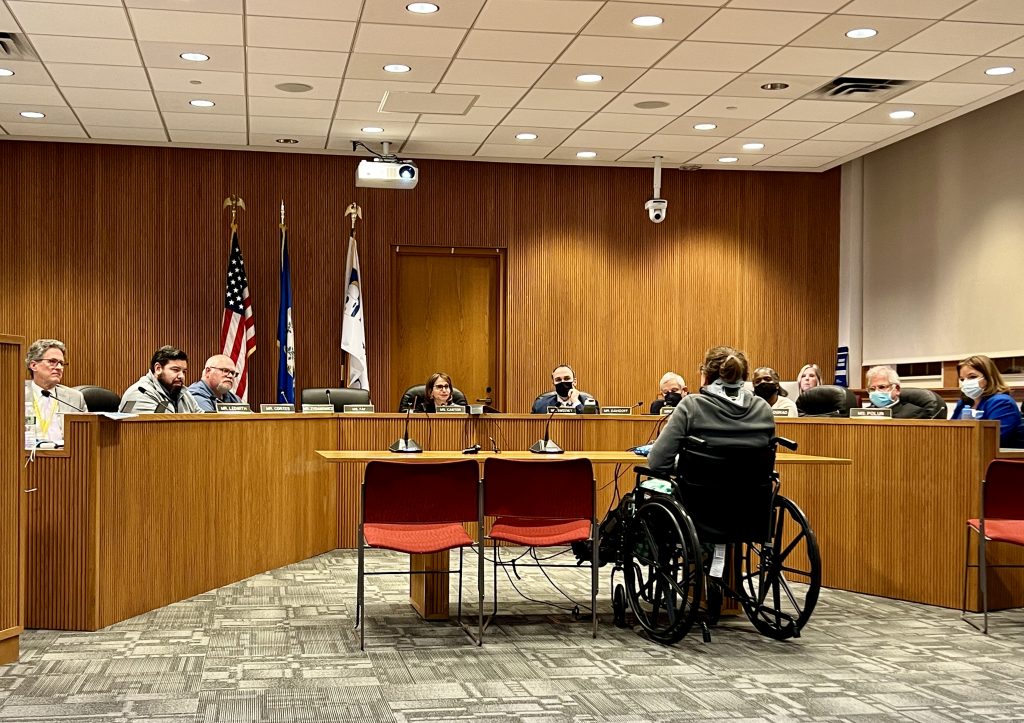
Kelly Hamann-Book speaks to the Town Council on Jan. 10, 2023. Photo credit: Ronni Newton
Public testimony
Mary Donegan, a West Hartford resident who is a professor of urban planning at UConn and a member of Bike West Hartford, was among those who spoke during the public comment portion of the meeting that took place prior to voting. She thanked the town for considering Vision Zero.
“Our organization strongly supports the adoption of a Vision Zero Task Force and action plan as cornerstones of broader infrastructure, policy, and engagement changes that must take place in town,” she said, sharing the sentiment of Bike West Hartford, which recently published an open letter to the town asking for the adoption of a Vision Zero policy.
Bike West Hartford supports the proactive use of crash data to create actionable steps, and to prioritize engineering and other recommendations. They also support expanding the existing contract with Stantec – which is the consultant the town hired to develop the West Hartford Center Infrastructure Master Plan – to look at other parts of town and to empower citizens in the planning process.
“We do not want another plan that will sit on a shelf,” Donegan told the Council, and called for action items with implementation deadlines. “We’re very excited to see these changes coming to West Hartford over the weeks and months. … We ask the town not to frame Vision Zero as an end but as a starting point.”
Gary Smith, a Whiting Lane resident, said that daily he sees cars speeding on his street, going 50 miles per hour. He said there are at least 15 children on the street, and an elementary school, and senior living.
On Dec. 20, at approximately 5 p.m., 89-year-old Eugenia Yurovsky of West Hartford was struck and killed in a hit and run collision near the intersection of Boulevard and Whiting Lane.
Kelly Hamann-Book arrived at the Town Council meeting in a wheelchair pushed by her husband. She told Council members that she was the pedestrian who was injured when she was struck on South Main Street near the library on Dec. 17, and said she had spent 15 days in the hospital following the incident. Prior to being injured, she was a nurse practitioner at Hartford Hospital and said she doesn’t know if she will be able to return to her career after sustaining fractures in both legs and in two vertebrae in her neck, as well as traumatic brain injury and nerve damage.
An official report regarding the specifics of the crash has not been release, but “after long discussion with police it seems all of us are at fault,” Hamann-Book said.
“How is this intersection so poorly designed?” she said of the crosswalk at South Main Street in front of the main branch of the library. She said she has warned her son, who walks to Whiting Lane, that a crosswalk is not place of safety.
“It’s not just the people who die it’s the people who survive, too,” Hamann-Book said. “While my injuries might not be life-threatening they are certainly life altering.”
Susanna Gorman, who addressed the Council through American Sign Language and had an interpreter, said she is very scared to cross roadways even when she has a walk sign became people go through red lights.
Another speaker called for roundabouts and other traffic calming, for increased enforcement. Arthur Spivak said it’s not just West Hartford. “This problem should really be discussed at the state capital,” he said.
Deputy Mayor Liam Sweeney said the input from the community has been very helpful, and significant support from the community will be needed.
“These are human behaviors that can be changed, I think,” he said. “I do think we are at a tipping point. … It’s no longer a price tag it’s about saving peoples’ lives.”
“When we do budgets it maybe gets political,” Republican Mark Zydanowicz said. “This is not a political issue it’s a safety issue. There are no letters after our name … this is about safety for our town,” he said of Vision Zero, noting that it needs to be an initiative that involves continuous improvement.
“It’s clear to everyone in the community that common sense needs to prevail in the community, the state, and the region,” Councilor Leon Davidoff said. He said he is certain that that the community will rally around the principles of Vision Zero. “They’re reasonable, they make common sense,” he said, and they provide quality of life.
“We understand that roadways have mutual users but there has to be respect,” Davidoff said. It’s important to be aware of your surroundings, and better to pull off the road and call someone to let them know you are going to be late.
“The first step to recovery is accepting the fact that you have a problem,” Davidoff said. “Tonight our community has taken that step” with concrete, reasonable, and acceptable solutions.
Alberto Cortes said this is a good start. “We have to come together as a community,” he said, and that includes the state Department of Transportation.
Council member Carol Blanks said she walks many of the same streets where people have been injured. “It’s all about safety. We want zero deaths, and we want zero injury,” she said.
Drivers need to pay attention and slow down, she said, and call if they’re going to be late.
“On the flip side of that we as pedestrians have to be responsible. … We also have to hold ourselves accountable,” she said. “This has to be a partnership and has to be a comprehensive approach. … Obey the law that’s already on the books.”
Councilor Ben Wenograd said that like the climate emergency, this is a crisis that needs a solution. “This task force is going to have to look at everything, and with data find the things that work,” he said. And while it might take a little longer to get from one place to another – “that’s a good thing.”
Council member Deb Polun thanked residents for their thoughtful ideas. “Some people think of task forces as a stall tactic,” she said. “But I hope our residents have heard enough commitment … to realize that this task force is going to be a true working group coming through with solutions.” Those solutions will be short-term, mid-term, and long-term solutions.
The vote to adopt the Vision Zero initiative was unanimous, 8-0. Minority Leader Mary Fay was absent.
It’s not just West Hartford that has traffic safety problems. Cantor said that according to federal transportation officials, U.S. traffic deaths hit a 20-year high in 2022, and U.S. Transportation Secretary Pete Buttegieg said the country faces a crisis on its roads that will be the focus of federal infrastructure funds. “Beyond each of these numbers is a life tragically lost and a family left behind,” Cantor said.
Cantor said she is excited at the possibilities that will be created through Vision Zero, and the creative ideas that will emerge.
Plans to convene a task force were announced on Christmas Day, just hours after a two-car crash on Simsbury Road at 6:49 a.m. resulted in the death of three occupants of the vehicles despite lifesaving efforts by emergency responders.
Earlier in the week, Yurovsky was killed in a hit and run incident at Boulevard and Whiting Lane, and the following evening Carlos Galarza, 60, of Bridgeport, CT, was struck and killed on Mohegan Drive.
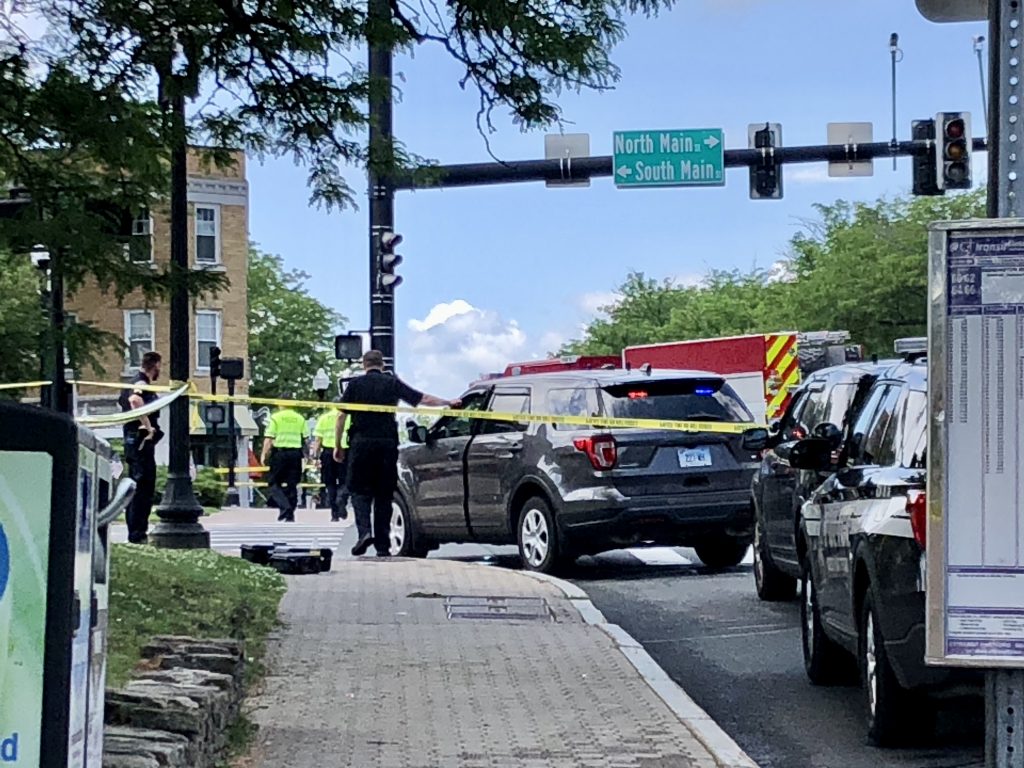
Police investigate a fatal crash involving a pedestrian on June 3, 2022, at the intersection of Farmington Avenue and North and South Main streets. Photo credit: Ronni Newton (we-ha.com file photo)
Hamann-Book was seriously injured on Dec. 17, and an incident in June resulted in the death of 61-year-old Bob Oneal, a pedestrian in West Hartford Center, bringing the total number of traffic fatalities in West Hartford for 2022 to six.
Police Chief Vernon Riddick did not speak at Tuesday night’s Council meeting, but in a statement he emphasized the need for all road users take individual responsibility for safety – including drivers, pedestrians, and cyclists.
“The most difficult issue to address is the human factor,” Riddick said. “Distracted driving and driving under the influence of alcohol or drugs are leading causes of traffic accidents, and not only are these activities illegal, the tragic results are 100% preventable. No text message or phone call is worth taking someone’s life. At the same time, we also need pedestrians and cyclists to practice common sense – this means using crosswalks, being alert, and obeying all signs, signals and road markings.”
Like what you see here? Click here to subscribe to We-Ha’s newsletter so you’ll always be in the know about what’s happening in West Hartford! Click the blue button below to become a supporter of We-Ha.com and our efforts to continue producing quality journalism.



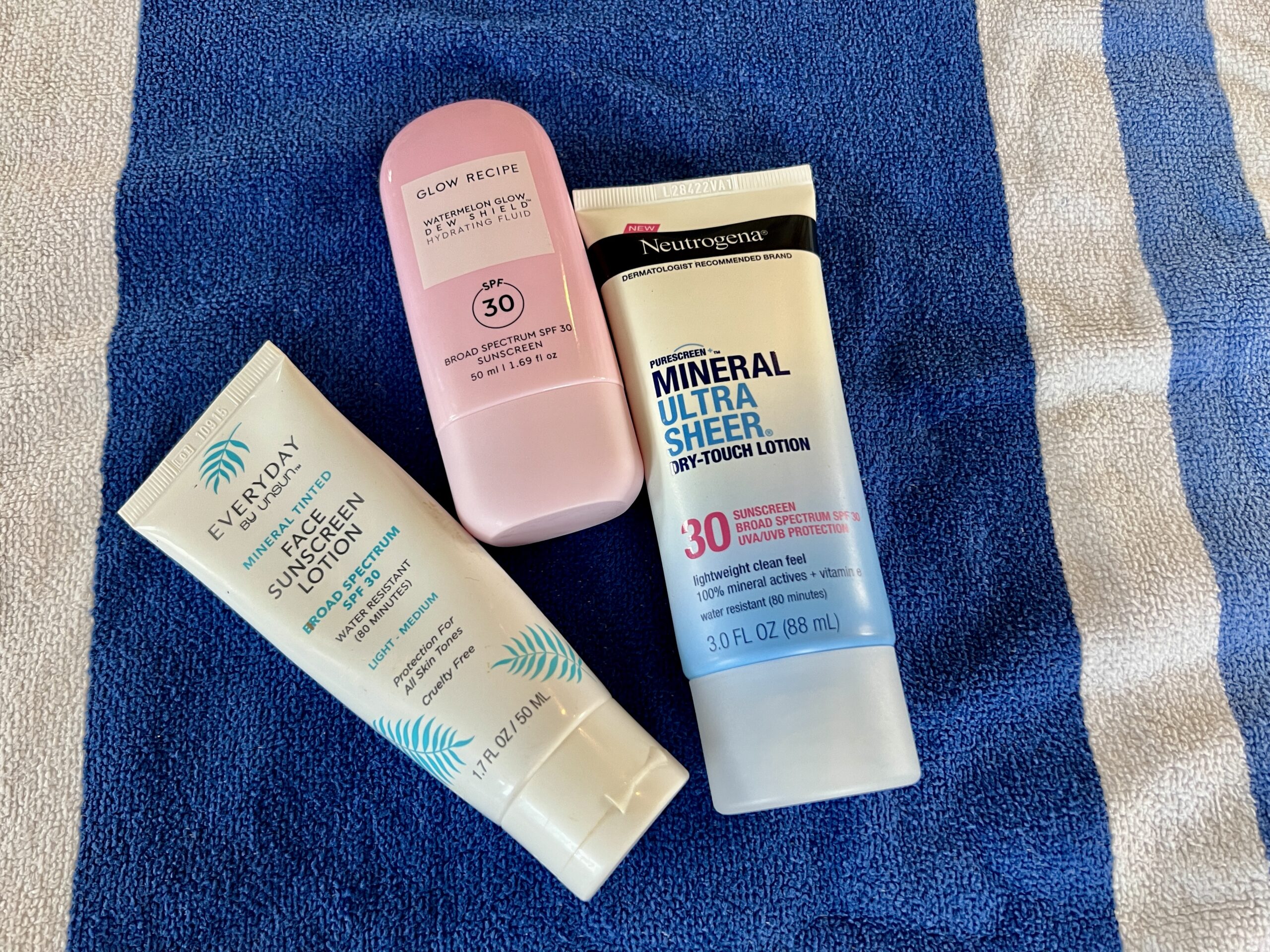
“There is no one causative factor, Cantor said, but some factors include increased drug and alcohol use, speeding, and distracted driving.”
Yet there is a proposal to let bars in West Hartford and eight other towns extend bar hours to 4am. I am guessing these bars will not be on quiet streets like Ferncliff Drive or Colony Road. When I see people with these ideas participating in the consequences I’ll believe their sincerity. For now it has a very bad look that another business owner is legislating from their unelected spot.
I have attended numerous town meetings where people near the center are expressing the problems they have with the local bar scene and the litter, vomit and noise that they must endure. Add to that the spike in traffic fatalities. Nothing could be more contrary to the stated goals of the council than a move to extending bar hours in town.
We need leaders who walk the walk if they can find a safe place to do it.
None of the recent incidents are related to your comment
Steve, there are no bars on Ferncliff or Colony. I do think that there are concerns that should be addressed taken on longer hours for the bars, but the deaths occurring due to vehicles have not been at night in the center (yet). I think it will be very important to address the conditions in the town that prioritize cars over humans.
Do the road diets and ‘traffic calming’ make drivers more aggressive in other areas? Are they driving faster down the ‘uncalmed areas’?
One fatality earlier in 2022 occurred at Trout Brook & Lawler. This motorcycle accident claimed the life of a 61 year old Haynes Road resident.
This is relevant to your question because the Road Diet study of No. Main identified a major issue that couldn’t be addressed by the plan as the traffic burden at Bishops Corner is too high for this calming method. As a Haynes Rd resident I have seen first hand that once the single-lane restriction ends the traffic does up seemingly importation to gain speed again.
During the pre-road diet consideration & discussion, it was pointed out that this could push additional traffic onto Asylum & Trout Brook . I haven’t seen any new statistics but also realize that the COVID bubble probably supposed traffic at times, especially risk hours. Also, the empty former UConn campus has probably suppressed traffic in this area (St. Francis parking is currently a factor but softwares to be controlled for now & time-specific).
Considering the 2022 accident and the prior pedestrian fatalities at Trout Brook/Asylum, plus the traffic returning to more usual patterns, the proposal expected to be formally introduced soon for use of the former UConn property (east & west of Trout Brook) must be considered within the context of traffic safety planning.